Navigating the vast expanse of the open sea requires more than just a keen sense of direction; it demands a comprehensive understanding of marine navigational equipment. In this beginner’s guide, we explore the significance of these tools, the types available, essential equipment for commercial mariners, and the proper usage, safety precautions, and regulations governing marine navigation.
Importance of Marine Navigational Equipment
For commercial mariners, marine navigational equipment is the backbone of safe and efficient sea travel. These instruments provide vital information about a vessel’s position, heading, speed, and the surrounding environment. In the absence of reliable navigational tools, maritime activities would be fraught with risks, from the threat of collisions to the challenges of navigating through complex waterways. Having accurate and up-to-date marine navigation equipment is not only a matter of compliance with maritime regulations but also a fundamental aspect of ensuring the safety of the vessel, its crew, and the cargo on board. This equipment acts as the eyes and ears of the mariner, guiding them through the intricate dance of tides, currents, and other vessels.
Types of Marine Navigational Instruments
Marine navigational instruments come in various forms, each serving a specific purpose in the intricate art of navigation. Among the essential tools are:
GPS (Global Positioning System):
A satellite-based navigation system that provides accurate positioning information, enabling mariners to determine their exact location on the globe.
Chartplotter:
An electronic navigation device that integrates with electronic charts, displaying real-time information about a vessel’s position, heading, and route.
Radar:
Utilizing radio waves to detect objects, radar is crucial for identifying nearby vessels, land masses, and potential obstacles, especially in low visibility conditions.
Compass:
A timeless tool, the compass provides a reliable indication of a vessel’s direction, serving as a valuable backup to electronic navigation systems.
AIS (Automatic Identification System):
Enhancing communication between vessels, AIS transponders broadcast and receive information about a vessel’s identity, position, course, and speed.
Echo Sounder:
Measuring the depth of water beneath a vessel, the echo sounder helps mariners avoid shallow waters and underwater obstacles.
Essential Equipment for Commercial Mariners
For those navigating the waters as part of commercial operations, a specific set of marine navigation equipment is indispensable. These include:
ECDIS (Electronic Chart Display and Information System):
A digital navigation system that displays electronic navigational charts and integrates with other navigation instruments for a comprehensive view.
Gyrocompass:
Offering enhanced stability and accuracy, the gyrocompass provides reliable directional information, crucial for precise navigation.
Weather Instruments:
To anticipate and navigate through adverse weather conditions, commercial vessels often carry weather instruments such as anemometers and barometers.
Navigational Publications:
Essential documents, including nautical charts, sailing directions, and tide tables, provide additional information to complement electronic navigation tools.
How to Use Marine Navigational Tools
Using marine navigational tools effectively requires familiarity and training. Mariners should undergo thorough training to operate these instruments accurately. Understanding chart symbols, interpreting radar images, and configuring GPS settings are integral parts of mastering navigation tools. Additionally, staying informed about updates to electronic charts, firmware upgrades, and changes in navigational regulations is crucial for using these tools optimally. Regular training sessions and refresher courses ensure that mariners stay proficient in the use of evolving navigational technology.
Safety Precautions and Regulations
Safety is paramount in maritime operations, and adherence to navigational regulations is non-negotiable. Mariners must be aware of and comply with international and regional regulations governing the use of navigational equipment. Regular equipment checks, maintenance, and calibration are essential to guarantee their accuracy and reliability. Avoiding distractions while navigating, maintaining situational awareness, and communicating effectively with other vessels contribute to a safer maritime environment. Regular drills and emergency response training further enhance a mariner’s ability to navigate safely during unexpected situations.
Training and Certification Requirements
Proficiency in operating marine navigational equipment is a skill that requires formal training and certification. Regulatory bodies, such as the International Maritime Organization (IMO), set standards for training and certification to ensure that mariners possess the necessary skills and knowledge to navigate safely. Aspiring commercial mariners must undergo accredited training programs and obtain the required certifications, such as the Standards of Training, Certification, and Watchkeeping for Seafarers (STCW) certification. These programs cover a range of topics, including the proper use of navigational tools, emergency procedures, and navigation in various conditions.
Importance of Proper Navigation Equipment
In the dynamic world of maritime operations, the importance of proper navigation equipment cannot be overstated. Reliable and well-maintained tools are the cornerstone of safe and efficient navigation, allowing commercial mariners to navigate confidently through challenging waters, adverse weather conditions, and busy shipping lanes. Investing in high-quality marine navigation equipment from a reputable supplier ensures that vessels are equipped with the latest technology, meeting industry standards and regulations. Whether acquiring navigational tools for a new vessel or upgrading existing equipment, choosing a reliable marine navigation equipment supplier is a critical decision that impacts the safety and success of maritime operations.

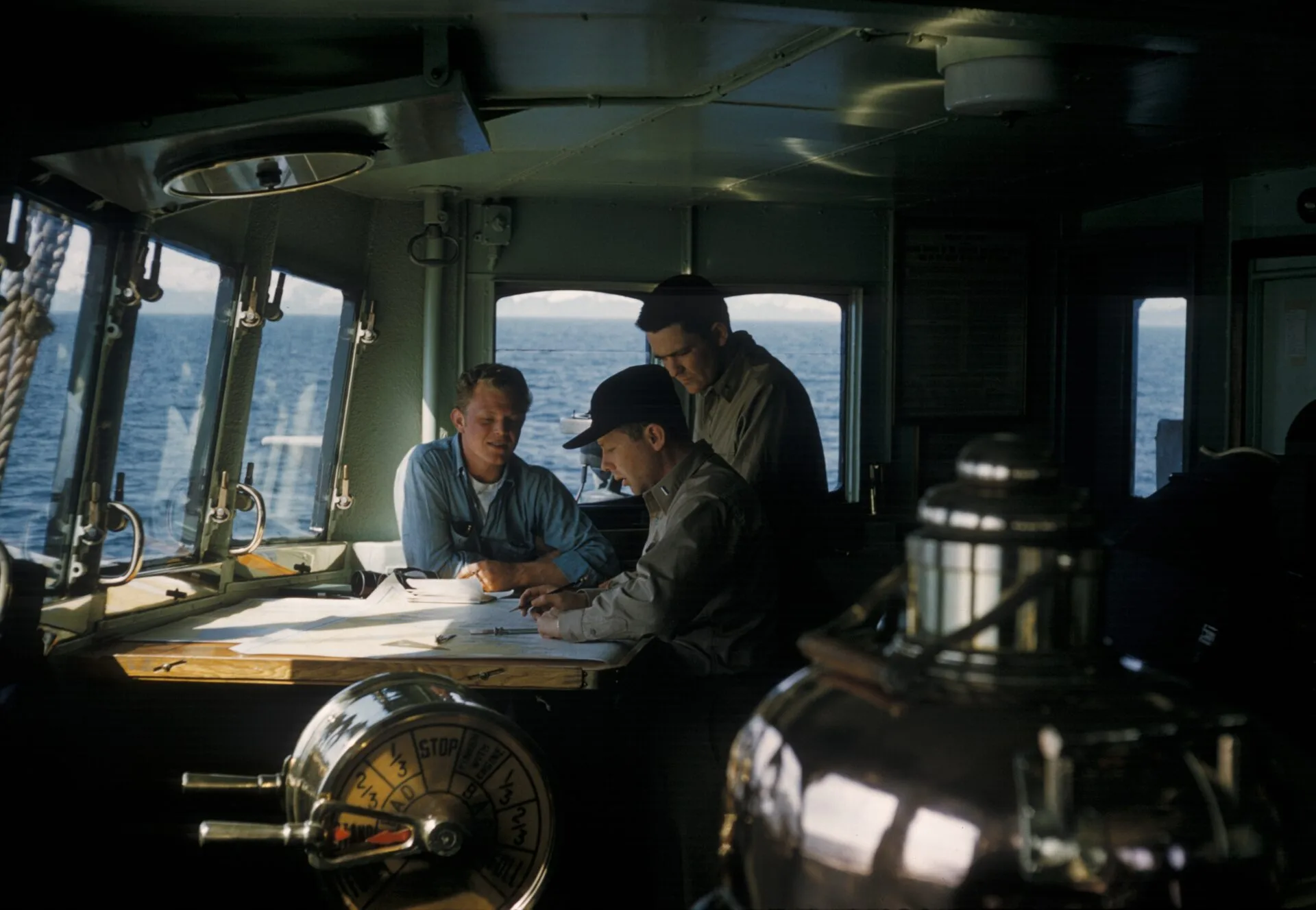
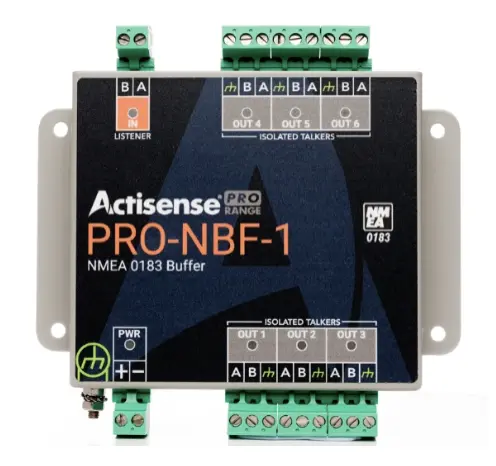

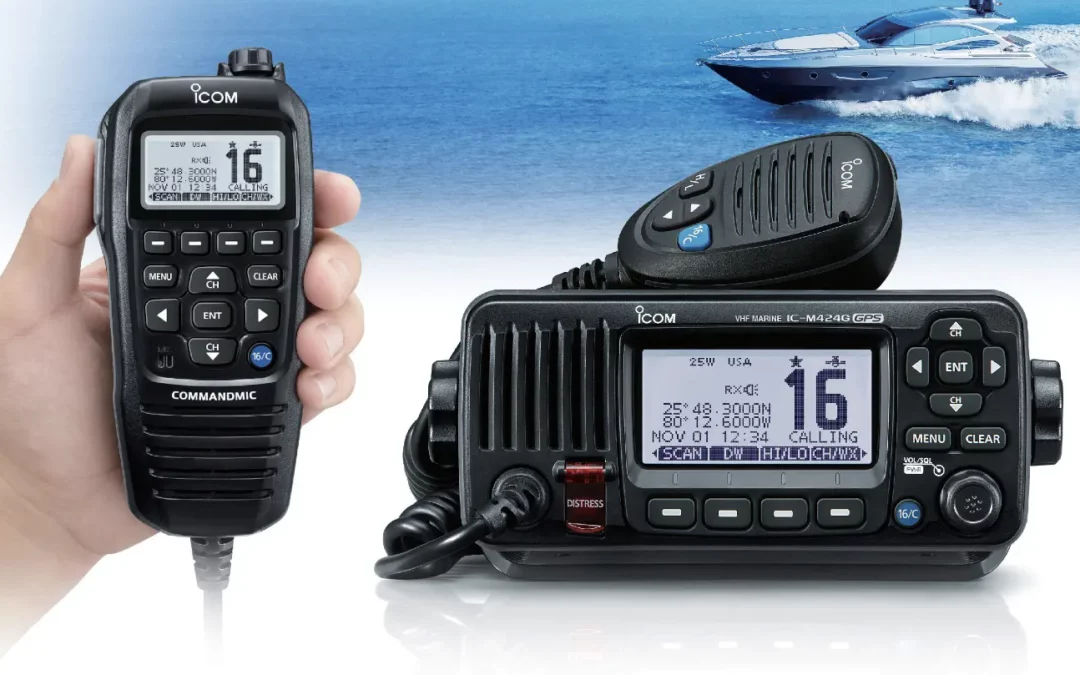
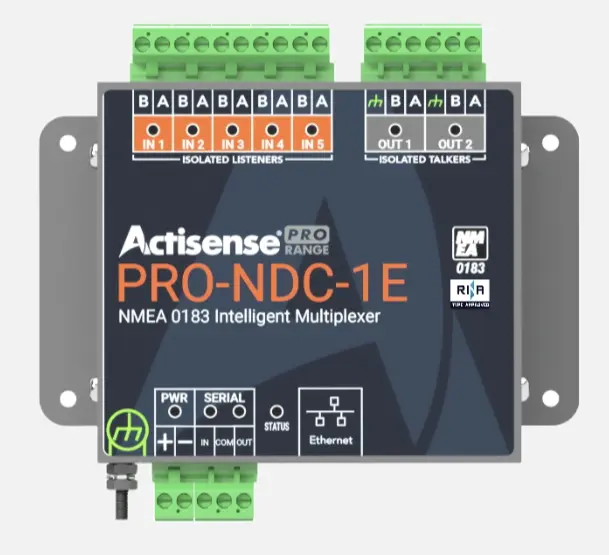
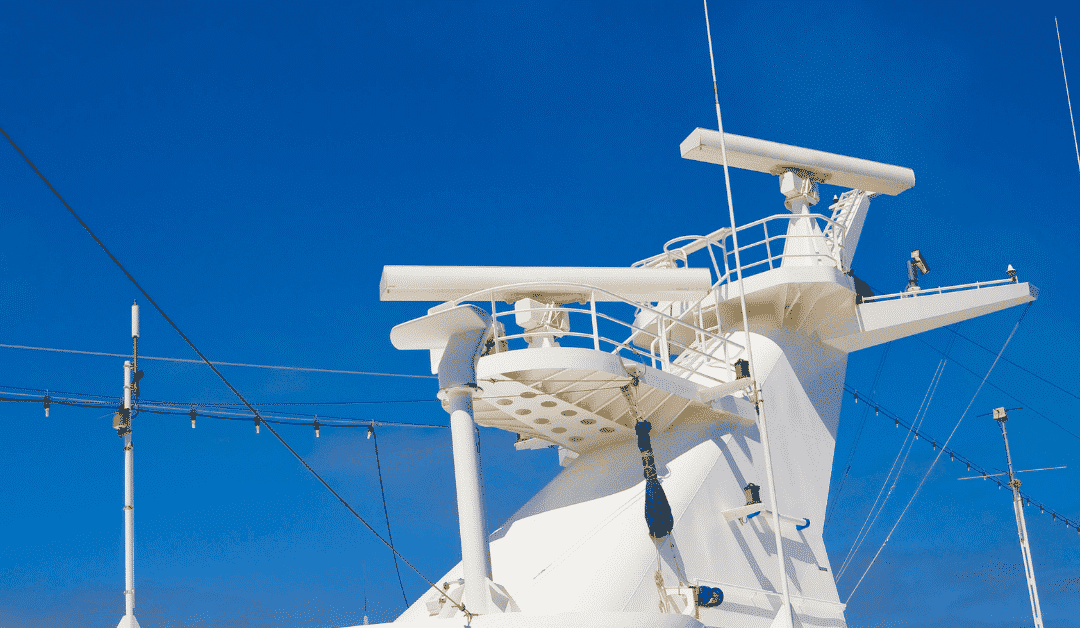

0 Comments